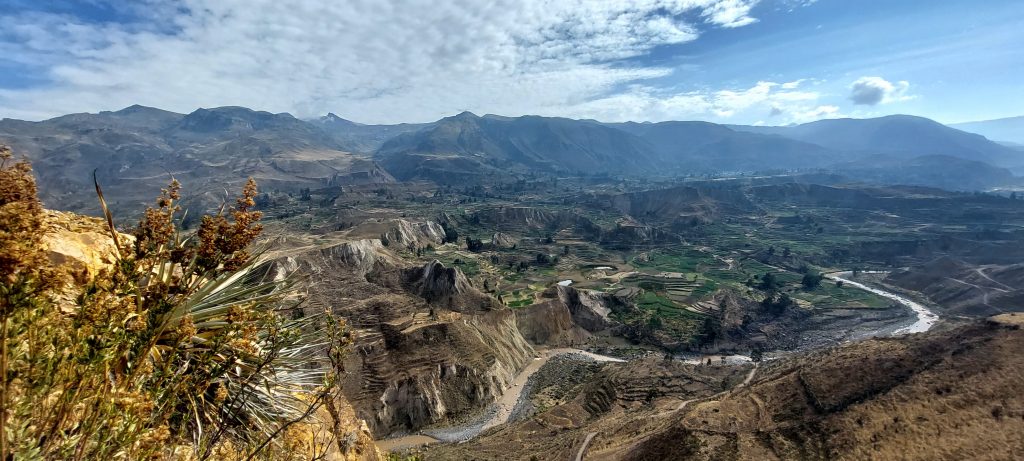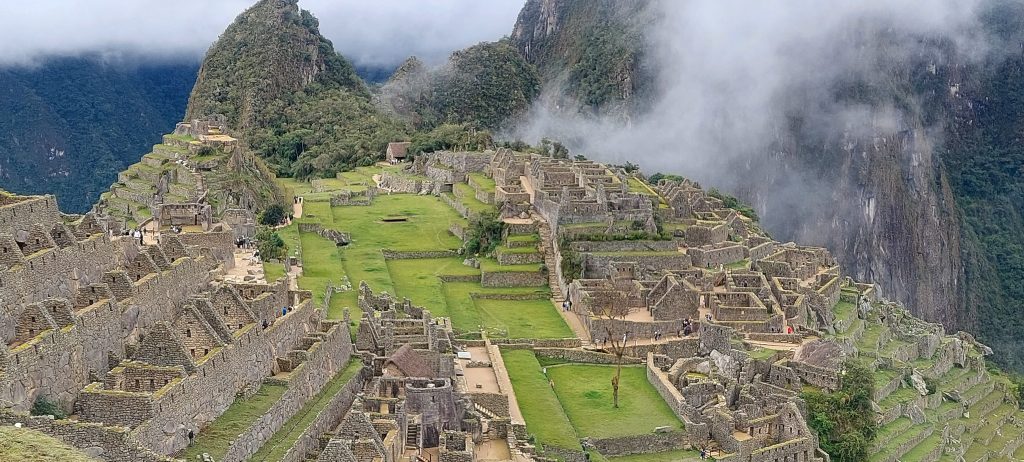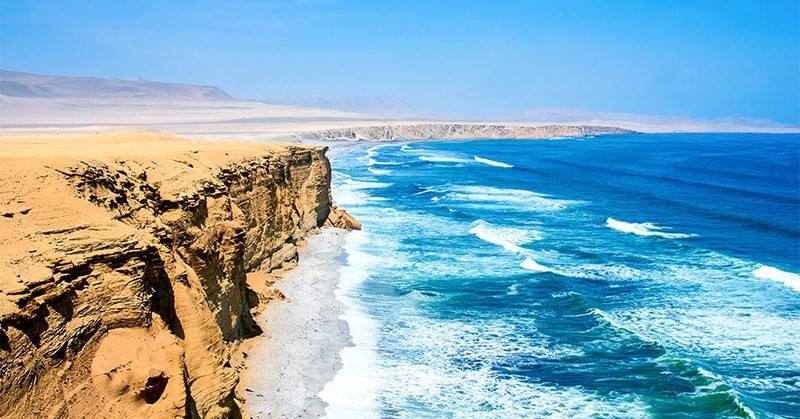
Discover the Magic of Peru
Peru, a land of diverse landscapes and rich culture, offers a journey unlike any other. Picture towering mountains, lush jungles, and ancient cities nestled among the clouds. This South American treasure is a blend of Inca heritage and vibrant traditions, making it a must-visit destination for adventurers and culture enthusiasts alike. Peru experiences diverse climates. The dry season from May to September is ideal for most trekking routes, while the wet season offers rich biodiversity and fewer tourists in the Amazon.
Imagine standing at Machu Picchu as the first rays of sunlight break over the Andes. The ancient stones glow, surrounded by lush green hills. This stunning view is just one of many that showcase Peru’s incredible geographical diversity, where mountains, jungles, deserts, and lakes blend into a breathtaking mosaic. Peru is home to a vast range of landscapes that not only define its natural beauty but also shape its culture and attract tourists from around the globe.
The Andes Mountains: A Majestic Realm

The Andes Mountains stretch over 4,300 miles along the western edge of South America. This incredible range reaches altitudes of more than 20,000 feet in places. The varied elevations lead to different climates and support diverse ecosystems. These mountains are full of life, with around 30% of Peru’s species found within their slopes.
One of the best ways to experience the Andes is by hiking. The famous Inca Trail takes travelers through stunning scenery and ancient ruins, culminating at Machu Picchu. Other popular treks like the Salkantay and Lares Trails offer unique views and unforgettable experiences.
The Andes aren’t just beautiful; they’re a vital part of many indigenous cultures. For centuries, communities have held beliefs tied to these mountains. They celebrate traditions that honor the land, emphasizing the connection between nature and spirituality.
Machu Picchu and the Sacred Valley

The Sacred Valley is a region in Peru’s Andean highlands. Along with the nearby town of Cusco and the ancient city of Machu Picchu, it formed the heart of the Inca Empire. Stretching roughly 60 kilometers, it’s an area of fertile farmland and Spanish colonial villages like Pisac and Ollantaytambo. Pisac is known for its Sunday handicraft market and hilltop Incan citadel.
Machu Picchu stands as a symbol of Peru’s rich history and architectural prowess. This UNESCO World Heritage site attracts over 1.5 million visitors annually. Interestingly, conservation efforts are constantly underway to preserve its beauty. The site features remarkable stonework, terraced farming, and a panoramic view of the Andes.
The Inca Trail is a 4-day trek that follows a path built by the Incas to reach Machu Picchu. It’s considered one of the world’s best hiking routes and offers various trekking options, catering to all skill levels. Classic routes require permits, so book early, usually up to six months in advance. The trek varies in difficulty, with challenging ascents rewarded by breathtaking views of ancient ruins along the way. Many trekkers describe their experience as transformative, feeling a deep connection to nature and history.
The Amazon Rainforest: Untamed Wilderness

The Amazon rainforest is the largest tropical rainforest in the world and is renowned for its astounding biodiversity. This lush area is home to over 40,000 plant species, 2.5 million insect species, and more than 1,300 bird species.
Visitors can explore the Amazon while supporting conservation through sustainable tourism. Local initiatives, like those in Tambopata and Manu National Park, offer guided tours that respect the environment. These experiences provide a chance to see wildlife while contributing to preservation efforts.
Despite its beauty, the Amazon faces serious threats from deforestation and climate change. Every year, thousands of acres are lost. Groups like the Amazon Conservation Association work tirelessly to protect this vital ecosystem and raise awareness about sustainability.
The Coastal Desert: A Unique Ecosystem

Peru’s coastline stretches for over 2,400 kilometers. Spectacular beaches like Punta Sal and Mancora offer a haven for surfers and sunbathers alike. The Peruvian coast boasts the Atacama Desert, one of the driest places on Earth. Some areas receive less than an inch of rain annually. The extreme conditions have led to unique adaptations among plants and animals.
Coastal cities like Lima thrive despite the desert’s challenges. The Pacific Ocean provides essential resources, including fish. The Humboldt Current influences local weather, creating fertile fishing grounds and contributing to the economy.
The Humboldt Current brings nutrient-rich waters, supporting a rich marine ecosystem. It’s famous for its abundance of fish, making it crucial for both local communities and the fishing industry.
The Lake Titicaca Region: High-Altitude Wonders

Lake Titicaca is the highest navigable lake in the world, sitting at an altitude of about 12,507 feet. This massive body of water spans over 3,200 square miles and is vital to local culture and biodiversity.
The Uros people live on lake Titicaca on floating islands made of totora reeds. Their lifestyle is a fascinating blend of tradition and adaptation, showcasing how they thrive in harmony with their environment.
Isla Taquile, in Lake Titicaca, is a UNESCO world heritage site for obvious reasons. You couldn’t allow anything to spoil this- it’s just too perfect. It’s a privilege to watch the shy inhabitants of the island in symbolic traditional dress going about their daily lives. The three rules of the island are “don’t steal, don’t lie and don’t be lazy”. The latter of these is evident when you see an old lady walking up a steep path spinning yarn as she walks, or small boys walking along together chatting and knitting simultaneously.
The ladies on the island weave and the men knit. You may have heard of an island of knitting men; this is it! They make beautiful tapestries, accessories and items of clothing out of wool. Peru is fascinating for its textiles, as they are used not simply as decoration, but for more meaningful purposes of communication and recording.
The view from the beautiful stone path which winds its way around the island is simply breathtaking. Looking down over the island you have the pretty terraced farmland, growing vegetables and flowers, among which you must keep your eyes peeled for the gorgeous giant hummingbird. Looking across the water you can see the Bolivian side of Lake Titicaca – its snow-capped mountain range with clouds hovering above, moving forwards from the rainforest behind.
